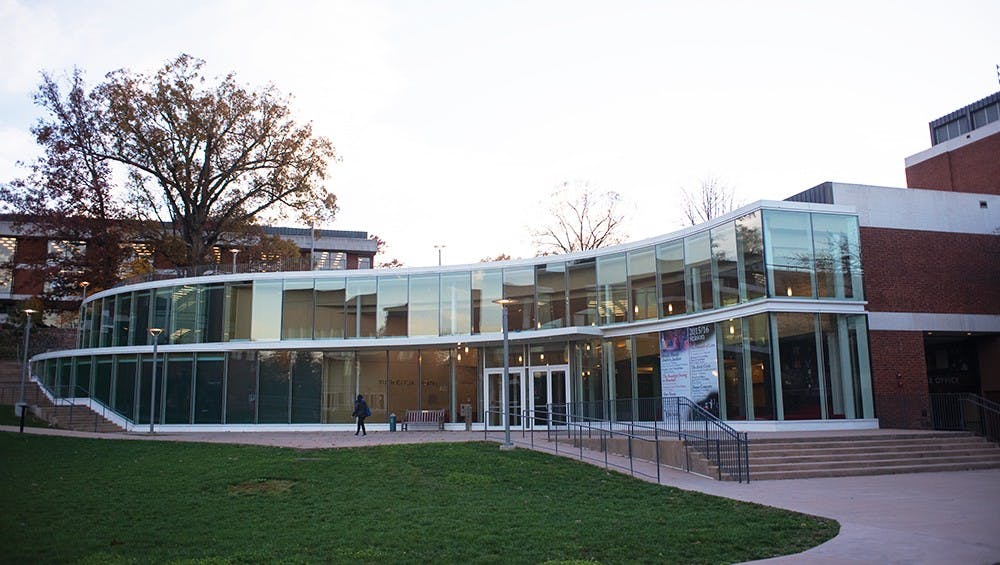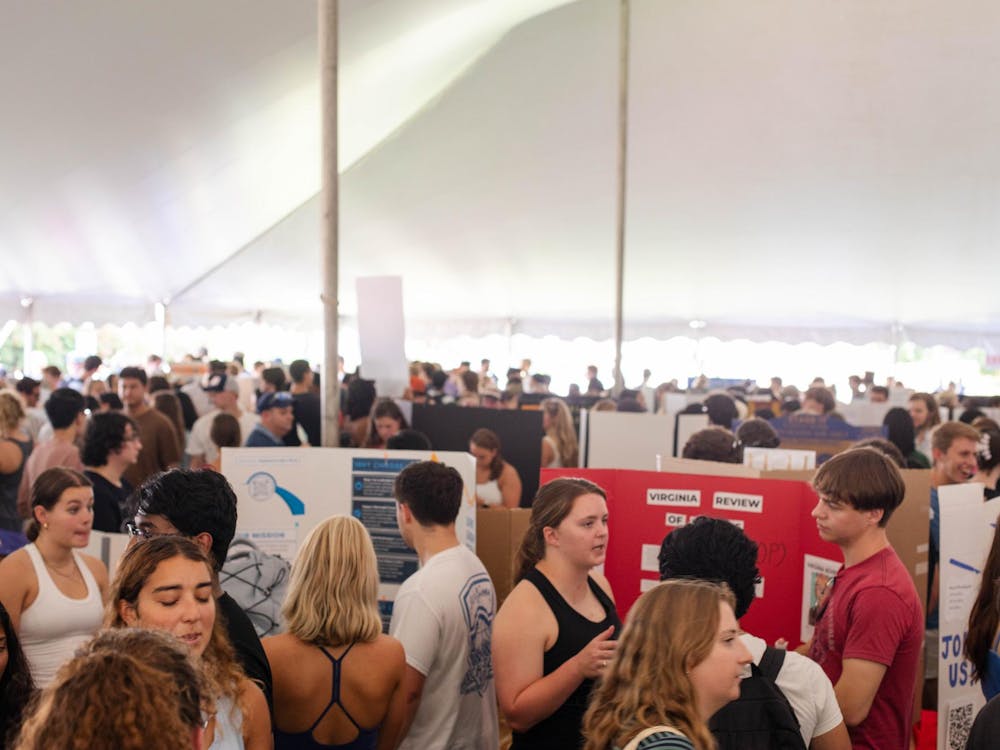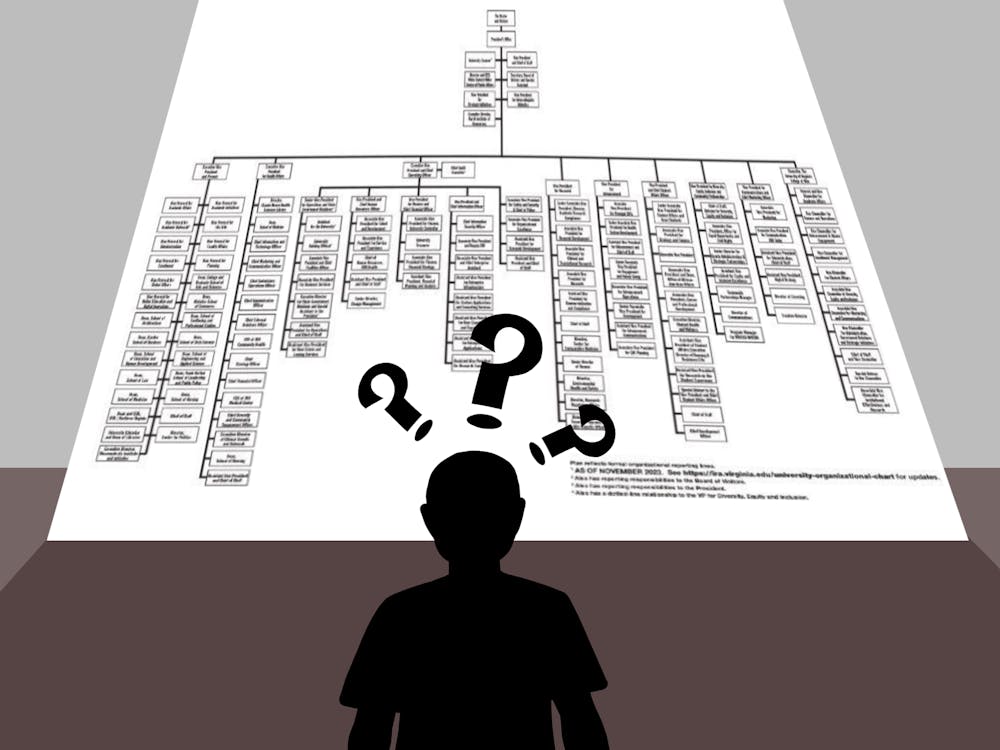It’s no secret that the University is all about rankings. As the flagship university in the Commonwealth of Virginia and the number four public university in the nation, U.Va. frequently flaunts its high-achieving schools and programs. The rankings list on US News and World Reports is extensive — 7 of the 11 schools are ranked in the top-50, and each boasts numerous ranked programs. However, there is one notable gap — U.Va. Arts.
Examining the program itself, U.Va. Arts offers undergraduate courses in architecture, art history, dance, drama, music and studio art. Major programs are available for architecture (via the School of Architecture), art history, drama and music. One graduate program — creative writing — is also available. Few resources, however, are accessible to students — students in the School of Architecture are required to pay for their own supplies and software, and students in Studio Art classes don’t even have access to a kiln on Grounds. While plans to create a new performing arts center along the Emmett/Ivy Corridor may come to fruition, significantly more investment in a wider variety of artistic fields is necessary to bring U.Va. Arts up to par with fine arts programs at competing institutions.
For comparison, Virginia Commonwealth University’s art school, VCUarts, barely an hour away and ranked as the top public art school in the nation, offers over a dozen major programs — art education, art history, cinema, communication arts, craft/material studies, dance and choreography, fashion design and merchandising, graphic design, interior design, kinetic imaging, music, painting and printmaking, photography and film, sculpture and extended media, and theater. VCUarts boasts 14 academic and studio buildings — covering approximately half of VCU’s main campus — dedicated to its fine arts programs. VCUarts offers private studios for students and numerous fine arts career opportunities through partnerships with local art institutions like the Virginia Museum of Fine Arts and the recently opened Institute of Contemporary Art. Students also have access to state-of-the-art equipment and facilities, including a metal foundry, galleries for the display of student work, and significant investment from the university.
Of course, comparing our art programs to the top public art school in the nation may seem unfair, but there’s no excuse for why U.Va. — the fourth best public university in the country — should be so far behind in such a diverse and fluid field of academia.
The explanation for this horrific discrepancy is simple — U.Va. only provides sufficient resources to programs which it deems academically significant or practically useful. Our administration prioritizes art history over craft studies because of an outdated precedent in academia that art, unless accompanied by a “true” academic field, is useless and brainless — that studying the people and history of art is more important than actual creativity and abstraction. It’s the same reason we have a new School of Data Science instead of a School of Fine Arts. The existing precedent — that fine arts aren’t academically significant or practically useful — is a relic from an earlier era of higher education. In practice, it translates into a disproportionate amount of resources being directed toward “real” academic fields, and a disregard of the arts.
However, art is inherently academic. It is a field which encompasses anthropology, philosophy, politics, sociology, gender and sexuality, race and religion. It is a field which reflects the current injustices of our world, the forces driving change and the evolution of our species. To think otherwise is a stunning reflection of our privilege — to ignore the meaning that arts have in our society and to neglect the contemporary struggles of so many people from around the world.
The University must establish a School of Fine Arts. It must foster an environment of creativity and abstraction desirable to artists from around the world. It must increase funding to the arts, expand its program offerings, recruit more faculty to ensure a dynamic academic and research environment and offer more tools and resources for arts students and faculty.
The University must embrace creativity and abstraction if it wants to remain a top-tier institution on the front lines of academia. The College of Arts and Sciences already knows this, seeing as a fourth of its groundbreaking New College Curriculum’s core courses are dedicated to art and aesthetics. It’s time to hold the administration to the standard it set for itself in the “Great and Good” Plan — to be a university with a “dynamic arts community” is impossible when the arts programs are so spectacularly undervalued. We cannot let our pride hinder our progress. We must admit we are behind, and we must work to catch up.
Don’t undervalue the importance of creativity and uniqueness. Don’t underestimate the impact of the arts. Don’t leave U.Va. Arts behind.
Noah Strike is a Viewpoint Writer for The Cavalier Daily. He can be reached at opinion@cavalierdaily.com.





